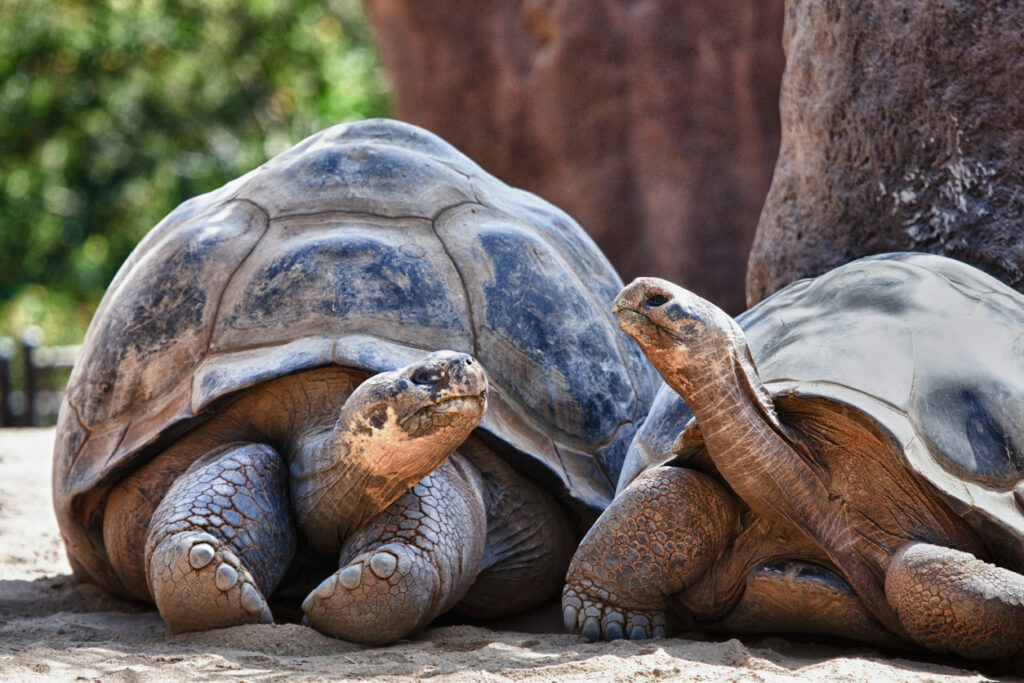Over 25 years of working in HR exposes you to numerous debates on how to effectively manage generational differences, similarities, and quirks in the workplace. No one generation is better at solving business problems than another. The power of a diverse workforce is unlocked when you bring together the wisdom of age and the exuberance of youth.
The diverse thinking that comes from a multi-generational workforce can offer significant business benefits. These range from better problem-solving capabilities and more innovative thinking, to healthier talent pipelines and access to in-house mentoring (both up and down the age scale). This is backed up by numerous studies including a recent Deloitte survey, which found seven in 10 organisations believe multigenerational workforces are ‘important’ or ‘very important for their success.
The struggle is real
However, interestingly, the same survey also found that just 10% of organisations questioned were ‘very ready’ to make the most of such a makeup, highlighting a major ongoing issue. Simply put, many companies with multi-generational workforces are struggling to effectively capitalise on the potential that such workforces have to offer.
At the extreme end of the scale, a business may house up to five generations in its workforce at any given time – traditionalists, baby boomers, Gen X, millennials, and Gen Z, all of which have very different learned experiences which can lead to different strengths, weaknesses, wants, needs, goals and ambitions. Consequently, knowing how to bring out the best in everyone at the same time can be extremely difficult.
Making broad assumptions about employees based on criteria such as age, or demographics, is the fastest way to failure
Adding to this, the emergence of the pandemic and the subsequent upheaval over the past two years has turned the world of work upside down for businesses and employees alike. Different generations of employees have coped with the ramifications of this very differently, adding another layer of complexity to HR and management plans.
One unifying fact that has spanned all generations is how the pandemic has made many people re-evaluate their attitudes towards both their employers and fellow employees. Issues that once may have divided different generations, including differing opinions on what constitutes professionalism, working attire, schedule flexibility and more, may no longer be relevant in today’s new working world.
As a result, businesses everywhere have a golden opportunity to capitalise on the value, and experience, their workforce brings and reshape management processes and policies to truly unlock the benefits of their multi-generational workforces. But for many, the big question is how?
Understand your workforce better through people analytics
Making broad assumptions about employees based on criteria such as age, or demographics, is the fastest way to failure. Creating an effective multi-generational workforce begins with understanding what makes them tick, and one of the best ways to do this is through the use of people analytics.
As technologies such as machine learning and artificial intelligence become increasingly pervasive, workforce management systems are rapidly increasing in sophistication as well. By capitalising on the fantastic analytical capabilities of these technologies, organisations of all sizes can quickly gain crucial insights into every employee, irrespective of age, gender, or background.
Doing so helps to quickly build detailed pictures of key areas such as team dynamics and employee morale, which can then be used to solve potential issues, inform decisions, minimise friction between employees and assemble highly motivated, highly productive teams.
It’s so easy to assume that all older employees are technology laggards, or that younger workers lack maturity or people skills
Three tips for effectively managing a multi-generational workforce
Once businesses have a better understanding of their workforces, they can also start to implement new initiatives and processes designed to integrate different generations more closely over time. Below are three tips for doing just that.
1. Leave stereotypes at the door
It’s so easy to assume that all older employees are technology laggards, or that younger workers lack maturity or people skills. In many cases, the opposite is the case and people analytics data will back this up. Ultimately, every employee is unique, and the more employers know about them as individuals, the better they can put their unique skill sets to good use. For example, pairing older workers with younger workers can help facilitate knowledge transfer in both directions, solving a wealth of issues. This is particularly true in industries where ageing workforces are a growing issue, and a looming skills and knowledge gap is on the horizon.
2. Educate employees properly
Businesses should make it a priority to educate every employee on the positive effects that multi-generational workforces can have, as well as some of the typical challenges that can arise. When everyone understands these things, issues can be spotted early, and it becomes much easier to rally people around a common vision.
3. Ensure respect is at the heart of everything
Perhaps the biggest key to success when it comes to unlocking the benefits of multi-generational workforces is understanding that respect must lie at the heart of everything. Different employees will have different needs and demands from the HR/management team, whether it be working from home, working unconventional hours, requiring specialist training/support, or even just more regular check-ins than would normally happen.
Multi-generational workforces offer so many potential benefits for businesses that can understand and harness them correctly
Diverse workforces are exactly that – diverse. There is no one-size-fits-all approach, so trying to implement one will almost always end in failure. People analytics can again be used to identify many of these individual quirks and needs, but so too can simply talk to employees regularly.
Embrace the diversity!
Multi-generational workforces offer so many potential benefits for businesses that can understand and harness them correctly. While the passing of time will inevitably see Baby Boomers and Gen X employees gradually replaced by Millennials, Gen Zs and beyond, the wealth of experience that older employees currently have will be lost, potentially forever, if it isn’t captured and passed on while the opportunity to do so still exists.
Similarly, many older employees can also learn so much from younger employees that are only now starting their careers. By combining people analytics with effective policies, HR teams, managers and business leaders can create highly motivated, highly diverse workforces that will ensure long-term business success for many years to come.
Interested in this topic? Read ‘Why age diversity is important for business‘.
[cm_form form_id=’cm_65a14c3f5da64′]






